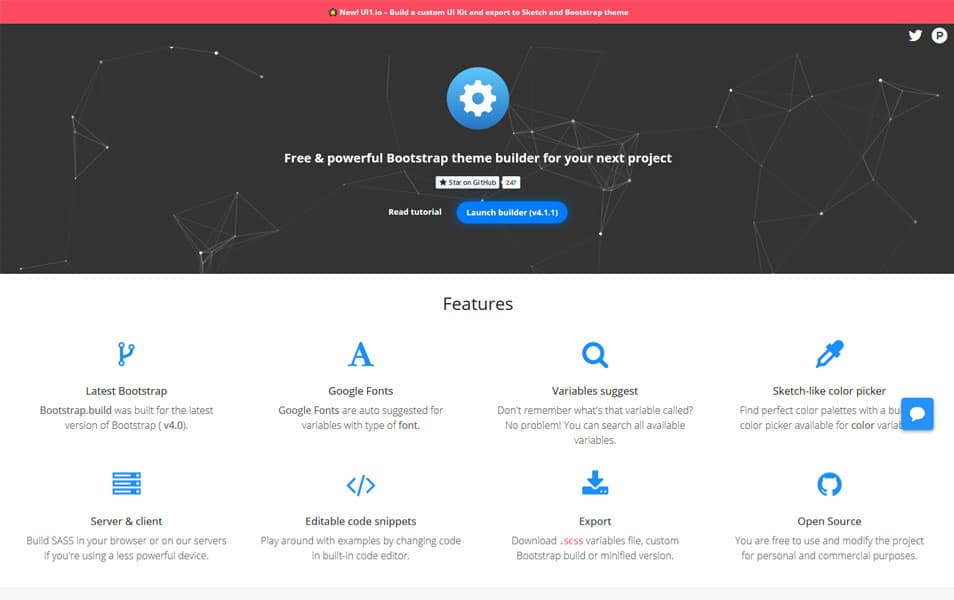

If you're familiar with SASS (and you should be to use this method), you can customize Bootstrap with your own custom.scss. You're overriding one of the Bootstrap UtilityĪlways works for one CSS class to override another. Note there is no need to use !important in the custom CSS, unless Overrides in the custom.css need to use selectors that are the same specificity as (or more specific) the bootstrap.css. When making customizations, you should understand CSS Specificity. * remove rounding from cards, buttons and inputs */ Just add whatever changes are needed in the custom CSS. The reference to the custom.css follows after the bootstrap.css for the overrides to work. For maintainability, CSS customizations are put in a separate custom.css file, so that the bootstrap.css remains unmodified. One way to customize is simply using CSS to override Bootstrap CSS. In general, there are 2 ways to customize Bootstrap.

I'm revisiting this Bootstrap customization question for 4.x, which now utilizes SASS instead of LESS.

As with prior versions, you can also override the Bootstrap CSS by adding CSS rules that follow after the bootstrap.css and use the correct CSS specificity. Though I am using Bootstrap, this question can be generalized to any css template.Īs explained in the Bootstrap docs, modifying the existing "theme" colors is done using SASS.
Bootstrap studio how to edit css code#
LESS I have concerns about compiling css on the client and about code sustainability. Offhand this seems like a good approach but having not used.
Bootstrap studio how to edit css update#
Again this requires more work than I think should be necessary and while it is flexible, it won’t allow me to easily update bootstrap.css when Twitter releases the next installment. topbar class into separate classes and then only using the pieces that are not stepped on by my custom class. This may create style conflicts, which could be avoided by stripping the.


 0 kommentar(er)
0 kommentar(er)
